Original publish date June 15, 2021. Updated for 2024.
The rise and fall of the non-Chinese television
The first electronic television was invented by Philco Taylor Farnsworth from Utah in 1927 but even by 1946 only 0.5% of U.S. households owned a TV set. By 1954, 55.7% of households had them, and by 1962, 90% did. During this time a staggering number of U.S.-based brands popped up to meet the insatiable demand of consumers who wanted to watch Lucille Ball, Steve Allen, and Gunsmoke. And the manufacturing was done in the United States.
In 1995, the last original U.S.-based manufacturer, Zenith, ceased to exist as an American-based brand then it was sold to South Korea’s LG Electronics. Every one of the the great Amercan brands you know–RCA, General Electric, Westinghouse, Sharp–were in name only, a nameplate to stick on a foreign-made brand in hopes that unsuspecting consumers wouldn’t notice or care.
Today, there are only a handful of TV brands left outside of China: Samsung and LG (South Korea), Sony (Japan), Philips (EU) and Vizio (US). A company in China had attempted to acquire Vizio in 2016, but that deal never happened so as of now they’re still a US company (they recently had their long-awaited IPO).
What brands do I avoid?
Pretty much every other brand you’ve heard of: TCL, HiSense, Seiki, Insignia are 100% based in China. Just recently, Japanese electronics giant Panasonic announced that they were outsourcing their TV production to TCL. And many recognizable brands like Toshiba, Sharp, Westinghouse have also been subsumed by China-based companies.
This is a prime example of where uneducated consumers don’t understand how state capitalism works. Do you ever wonder how brands like HiSense or TCL got so popular so quickly?
First, years of taking notes from manufacturing other countries’ products allowed China companies to mimic their technology to achieve a product that may not be equal to offerings from LG, Samsung, or Sony, but are “good enough”.
Second, the CCP then subsidizes these companies so that they can offer comparable models at highly discounted prices to their competitors. The CCP is playing the long game: they’ve know that once they’ve cornered the market they’ll be able to charge whatever they want. It’s precisely the same kind of anti-competitive behavior that the U.S. Government has broken up when it happens within its borders, but is powerless to do anything about when a state does it.
And of course, it’s American consumers who ultimately make it happen when they rush to Walmart or Amazon and buy the cheap China brand to save a few dollars. This takes money away from companies that do real innovation and funnels it to allow the CCP to gradually take over the entire industry.

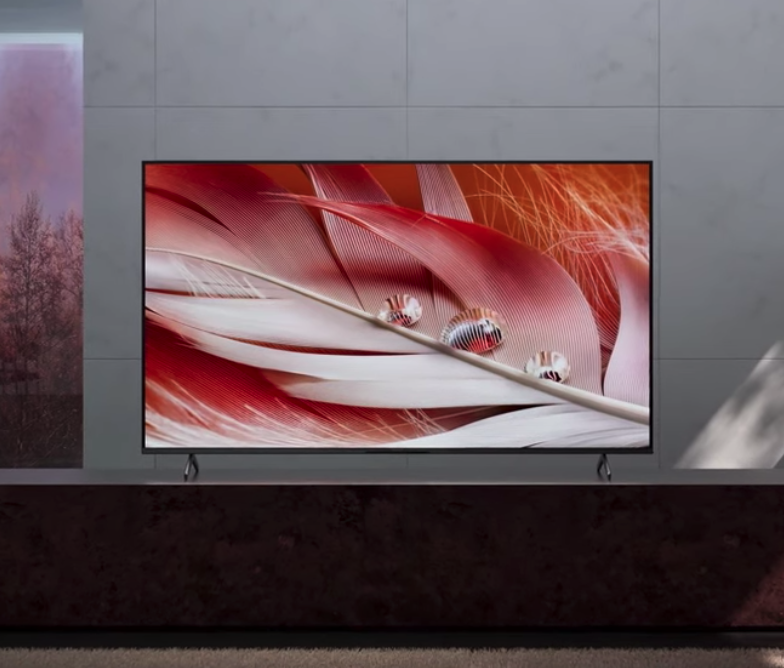
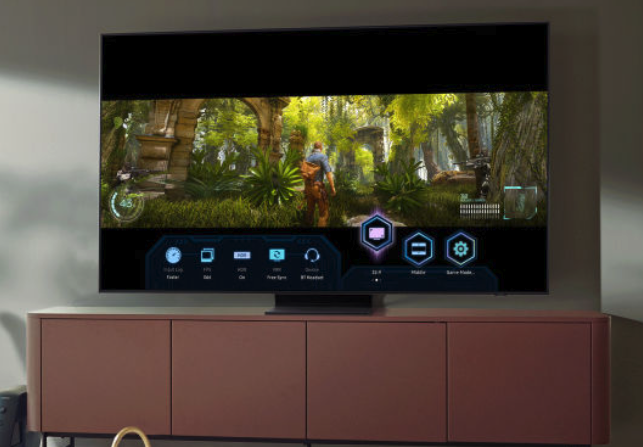
Are any TVs not made in China?
Here’s where it gets complicated. As we’ve seen in posts for other kinds of products, you simply can’t find a TV where 100% of the components are made outside of China. For example, LG Electronics (who builds TVs) sources its WOLED panels from LG Display, who had produced their panels in South Korea but is shifting production to Guangzhou, China. So regardless of what TV you buy, a portion of it is going to prop up the CCP.
But you can stem the bleeding. For one thing, if you buy from the big non-China brands: Samsung, LG, Sony, Philips and Vizio, at least you can support some non-China employees, such as their product development, marketing, or administrative departments.
And ideally, you’ll want to find a company that at the very least assembles their products outside of China, even if many or most of the parts are made in China. This is where the large form factor of the TV helps. A manufacturer in China could assemble a 65″ or 75″ TV and ship it 7,000 miles away, but at that size and weight it’s probably more cost effective to build a plant that’s closer to their target market and hire locals to assemble the product. So at least there’s some benefit to the local economy.
Manufacturers tend to be coy about where their parts come from and where their products are assembled. If you read what their PR departments post as a response to Amazon questions a typical responses is something vague like “our TVs are built all over the world”, so we don’t know if 99% of a TV was made in China and the other 1% was divvied up between other countries.
A little Internet sleuthing helps, however. As of 2021, Samsung has recently ceased TV production in China. Sony TVs intended for the North American market are assembled in Mexico. LG TVs are also produced in Mexico for the North American market and in Poland for the European market. Vizio does maintain manufacturing facilities in Taiwan and Mexico, so there’s a decent chance your North American-based set was made there.
The only way to tell for sure is to visit your local electronics store and see for yourself what the “Made in” or “Assembled in” label says on the particular unit you’re looking for. You can also search for “China” or “Made in” in Amazon reviews to see if anyone reported widespread sales of China-made units to the US.
1. LG OLED evo G3
Back in 2021, I named the LG OLED C1 as the best overall pick for a NMIC television. It’s still being sold and is still a great TV. But it’s the newest generation LG OLED evo G3 that CNET called “the best performing TV we’ve ever reviewed” and which Consumer Reports gave its second-highest rating, under Samsung (which I’ll cover below).
It’s the brightest OLED ever made and even though it’s not marketed as a gaming monitor, its 0.1ms response rate and 120Hz refresh rate make it perfect for gaming. It also makes an excellent computer monitor (right now as I write this, I have my blog authoring screen opened in one window and my research open in another—it’s like having 6 monitors).
And of course, you can use it as a TV. 😛 It mounts flat to your wall and provides movie theater-like sound with Dolby Atmos.
I prefer to buy my equipment , but it’s of course available at Amazon and other retailers like Best Buy and ABT Electronics.
If the G3 line is a bit above your price range, the C3 line is still amazing and more affordable.
Unfortunately it looks like LG is doubling down on China to produce LCD panels, so every device you buy with an LCD or OLED panel is propping up China. But even as LG rushes to cheap production in China, brands have stolen their intellectual property and are getting into the LCD panel business themselves now.
Still, the best we can do is support TV makers that do at least some of their business outside of China, and in the case of LG, that still means Mexico for the US market.
LG commands a whopping 50% of the OLED TV market share. Let’s hope it uses its market power to reinvigorate the business of panel manufacturing outside of China, rather than pull an Apple and end up tying itself to a tyrannical state.
2. Samsung QNS90C
Consumer Reports gives its overall highest rating to this line by Samsung, the S90C, and Wirecutter named it as the best OLED TV of 2024. It’s made in Mexico for the US market.
It uses QD-OLED technology, which provides great 4K HDR picture quality. Reviewers love how it’s ultra-thin, displays a brilliant array of colors, and is especially strong for viewing movies. One reviewer said it reminded him of the color and motion of a plasma set, but without the energy consumption.
Since I originally wrote this post, Samsung has had a lot of drama as to where they source their panels from. In 2023 they turned to LG display to provide their higher-end OLED panels (77 and 83 inch TVs), and they had to abandon making their own LCD panels, turning to China to make those. But that’s even more reason to go OLED.
China has all but dominated the market for LCD panels, and is threatening to take over OLEDs from Korea which (for now) still dominates the market. It’s biggest threat is not China, it’s American consumers who salivate over buying a China brand OLED TV instead of supporting Korean brands like LG and Samsung.
3. Sony Bravia XR A95L
While I used to feature OLED, LED, and LCD TVs on this list, I decided to focus this list for 2024 on just OLED TVs. The price has gone down enough to make them affordable, and (for now) the components are still mostly made outside of China.
Sony TVs destined for the US market have been made in Mexico for a long time, and that hasn’t changed. Sony gets its OLED panels from LG and Samsung, so there’s a good chance it’ll be made in Korea.
This model isn’t cheap, but it won the latest Value Electronics shootout for best 4K TV based on its overall features.
4. Cello Smart TVs – Best for the UK
I tend to focus on the US market mostly, but for those of you visiting from Europe, Paul in the comments below brought up Cello TVs. I never heard of this brand before but the more I learn about them the more I’m impressed. They manufacture all of their TVs in County Durham in the North East of England.
Cello has an impressively low price point (alas, it would be cost-prohibitive to ship them across the Atlantic Ocean, so we can’t find them here in the US). Their reviews on Amazon are consistently high (sadly, it looks like China trolls are on Amazon UK upvoting every negative comment to get them to rise to the top, but focus on the overall ratings). If you need a basic TV at a great price that supports communities and the economy in the UK, you should definitely get one of these.
You can find them at Amazon UK and also through catalog retailers like JD Williams.
Do you know of other TVs not made in China worthy of mention here? Let us know in the comments!
- Tags:
- electronics
- tvs
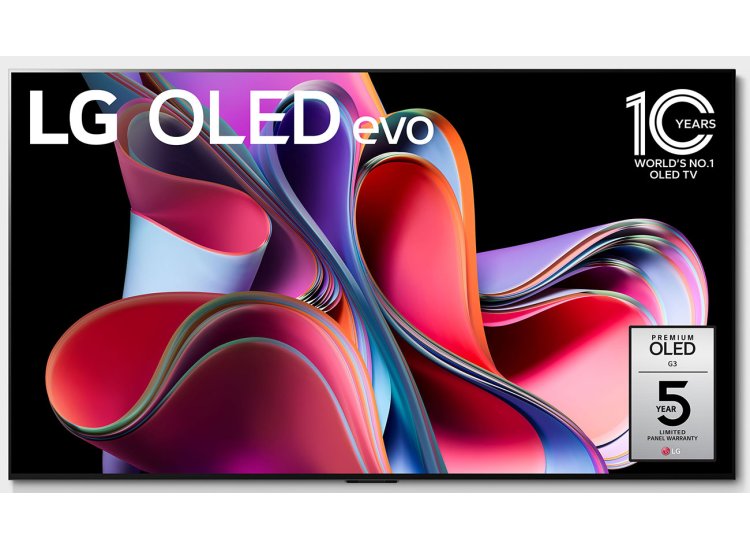
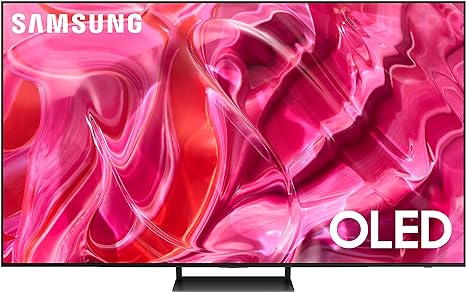
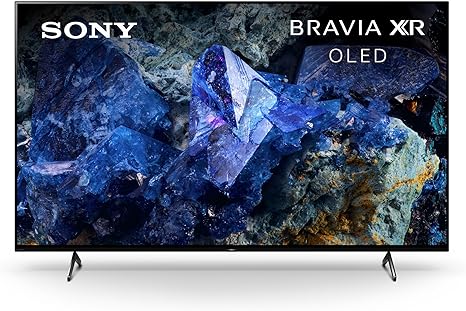
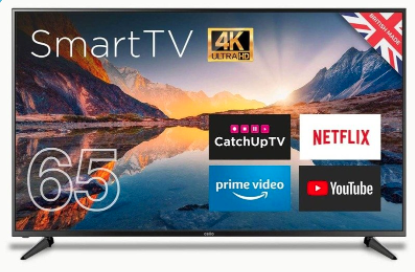

You mentioned Philips in your list of non-Chinese brands, which surely is true as Philips is from the Netherlands.
However, the TV division was sold for 100% to the Chinese TPV Technology in 2014. TPV Technology may use the Philips logo on their products for a fee.
This is one of the most deceptively disgusting constructions I’ve ever seen. The only Philips thing about these TVs is the logo. It is a 100% Chinese product.
I own a Loewe TV, made in Germany. The last remaining TV brand that actually develops and produces in Europe.
What about Devant?
Established in 2003, Devant is a Filipino brand that specializes in designing and manufacturing cutting-edge TVs and sound systems.
Finden Technologies, Inc. is a corporation with a vision of becoming the No. 1 distribution company of world-class consumer electronics and household appliance brands in the Philippines.
China oem made, rebranded by devant
cello are a British made tv made in England so you are incorrect
Nice the addition of the Cello brand, I didn’t know that brand.
I watched a video of Cello’s production. I can see that it is really only a final assembly and testing what is done in England. In the video, the chief of development department said that he spends time in China, so I assume that the whole pre-assembly and the materials are made in China. Don’t know for sure though.
The Loewe brand produces much more in house, in Germany they really build a TV from scratch.
Loewe went bust and entered a partnership with China’s premium TV brand Hisense, who now manufacture and design their TVs. The German team simply design the bezels, etc.
Hisense doesn’t make Loewe’s TVs. They have a partnership with Hisense in which technical systems are shared. This is not good, I think so too. But the development and production are still in Kronach. The plans from recent years to outsource production to Hisense are old news.
Loewe is owned by Skynet of Cyprus.
This is incorrect. Cello only “assembles” parts in the UK from a very low end (low quality) Chinese supplier. I wouldn’t recommend them AT ALL – just look at the terrible reviews online.
There are incorrect facts about Philips too. Philips, a Dutch company with Dutch R&D, transferred the TV business in Europe to TPV (Hong Kong, not China as such), who maintain R&D in Holland with many ex-Philips (Dutch) staff.
In the US, Philips transferred the TV business to longterm partner Funai, a well-established Japanese corporation.
Sharp, also Japanese, is part owned by Foxconn (Taiwan NOT China), so that is a good recommendation too, as it’s Japanese in origin/partly.
Samsung has strong ties with TCL (China) behind the scenes.
If you are buying Chinese, the two best brands are currently Hisense and TCL.
I recently purchased a mid level Sony Bravia 55” LED TV. As the article above mentions it was made in Mexico. I am extremely happy with the display, great viewing angles, and the black images display very well. It was a great price point, slightly higher than some of the leaser known chinese brands, and actually cheaper than a couple!
Question. Do Element Electronics and Onn. qualify for Made in China? Although they’re made in China the assembly is finished at their headquarters in South Carolina
That’s a great question, and it shows the mess of the United States’ federal laws about country of origin disclosure.
The FTC regulates “made in USA” claims.
https://www.ftc.gov/tips-advice/business-center/advertising-and-marketing/made-in-usa
However, you’ll quickly see that only a small number of products (automobiles, textiles, wool, and fur products) are regulated by the FTC. In order for these products to be called “made in USA”, “all or substantially all” of their components must be made in the USA.
The U.S. Customs Service is the federal agency that regulates how every product imported into the United States must have a “made in” label. Their rules apply to all product categories, and are a lot more fuzzy. The Customer Service considers the country of origin to be the last country in which a “substantial transformation” took place.
In the case of the TVs you mention, even if all of the components were made in China, because the final assembly was done in South Carolina, the US Customs Service would probably allow them to say “made in the USA”.
As you can see, it’s a mess, and corporations and their lobbyists keep it intentionally so. If they can fool consumers into thinking a part was made by someone paid $15/hour in the US vs. someone working in a labor camp in China, they make more money and the consumer won’t know any better.
I’ll be honest, that’s been a challenge as I put together this blog. In certain industries (e.g., TVs, air fryers), it’s likely that all the components are made in China. I still like to call out “assembled in USA” vs “assembled in China” though, because at least SOME of the money will still go to help the US.
But heaven forbid, if we ever find ourselves in a situation like we are today with Russia where we want to cut off our ties, it won’t be easy because the CCP (very deliberately) made sure that over the last 30 years China has its tentacles into every aspect of American life, the idiots leading US and European corporations can’t see beyond the next quarterly financial report, and the idiots in the US Government who are supposed to have a longer term view are too busy stuffing their pockets with China influence.
The best we can do is hang on and support those few companies that have not bent a knee to China. There aren’t a lot of them left.
Evidently, the ONN TVs that I recently looked at state that they “Assembled In USA. Fancy that. I obviously don’t know where the parts come from. But, it is what it is – I guess.
Our Hitachi TV says it is made in Poland 🇵🇱
I recently bought a LG OLED C1 at a discounted price, as it has been phased out by newer model OLED C2.
The screen display is quite good, made me feel comfortable in my eyes , not sure the portions made in China though
Can you update the list for 2023? I realize this is a real problem but I try to not buy China made products and it is really difficult. I recently shopped for a new computer and purchased a Beelink which claimed to be made in Texas. Upon arrival I found it was clearly labeled “Made In China”. It works fine but I feel duped.
Best Tv:s not from China are Panasonics, because they are best overall and not made in China. Even Hollywood use them because of the color accuration.
Unfortunately, Panasonic TVs are outsourced to TCL, which is a China-owned brand. Some of their very high end equipment may still be made in Japan, but sadly, virtually all of their consumer models are made in China. They closed their last plant in the Czech Republic in 2022, and it sold its plant in Mexico a long time ago.
If you can find a specific model that’s made in Japan, please let us know. Thanks!
I just found out that Metz, the company known for making flash units for cameras, now builds TVs.
Made in Germany!
https://metz-ce.de/en/company/made-in-germany
Please increase your EU information. We’re former Americans living in France who do not want anything that is made in China. Thanks for your great work!
That is a very good!
I often post the European alternatives under various posts and on the forum.
Check out the posts with the EU flag and you will find a lot of EU information.